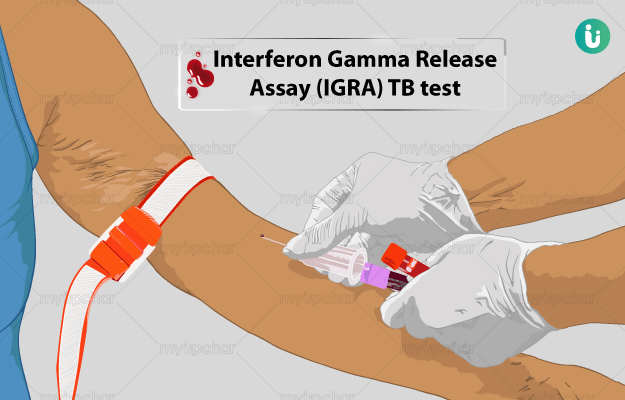What is Smear for Malignant Cells test?
Smear for malignant cell test is a cytology test - study of microscopic appearance of cells and cell structures, especially to look for abnormalities and malignancies. It helps in diagnosing disease by looking at a single cell or a cluster of cells.
For this test, doctors isolate tissue sample from specific (or affected) body organs or body fluids such as urine, pleural fluid or sputum, spread it thinly on a slide and examine it under the microscope to visualise the shape, size and types of cells.
When compared to a tissue biopsy, which is done on pieces of tissues cut from the affected region, a cytology test only involves the withdrawal of tissue scraping or tissue fluid. It hence causes much less discomfort to the patient. A cytology test is also less expensive and easy to perform.
































